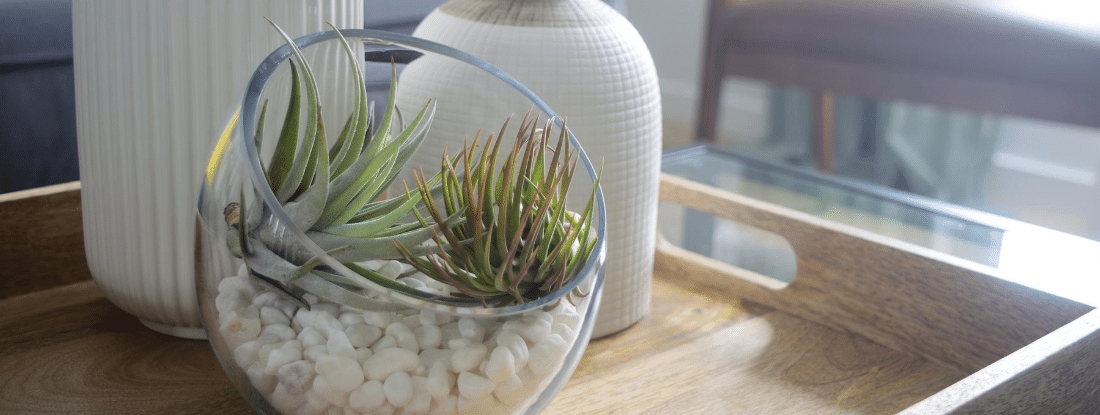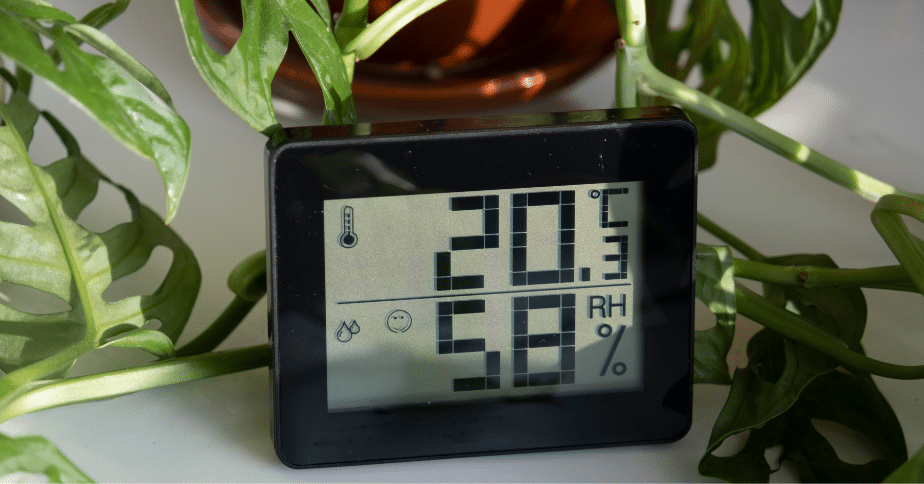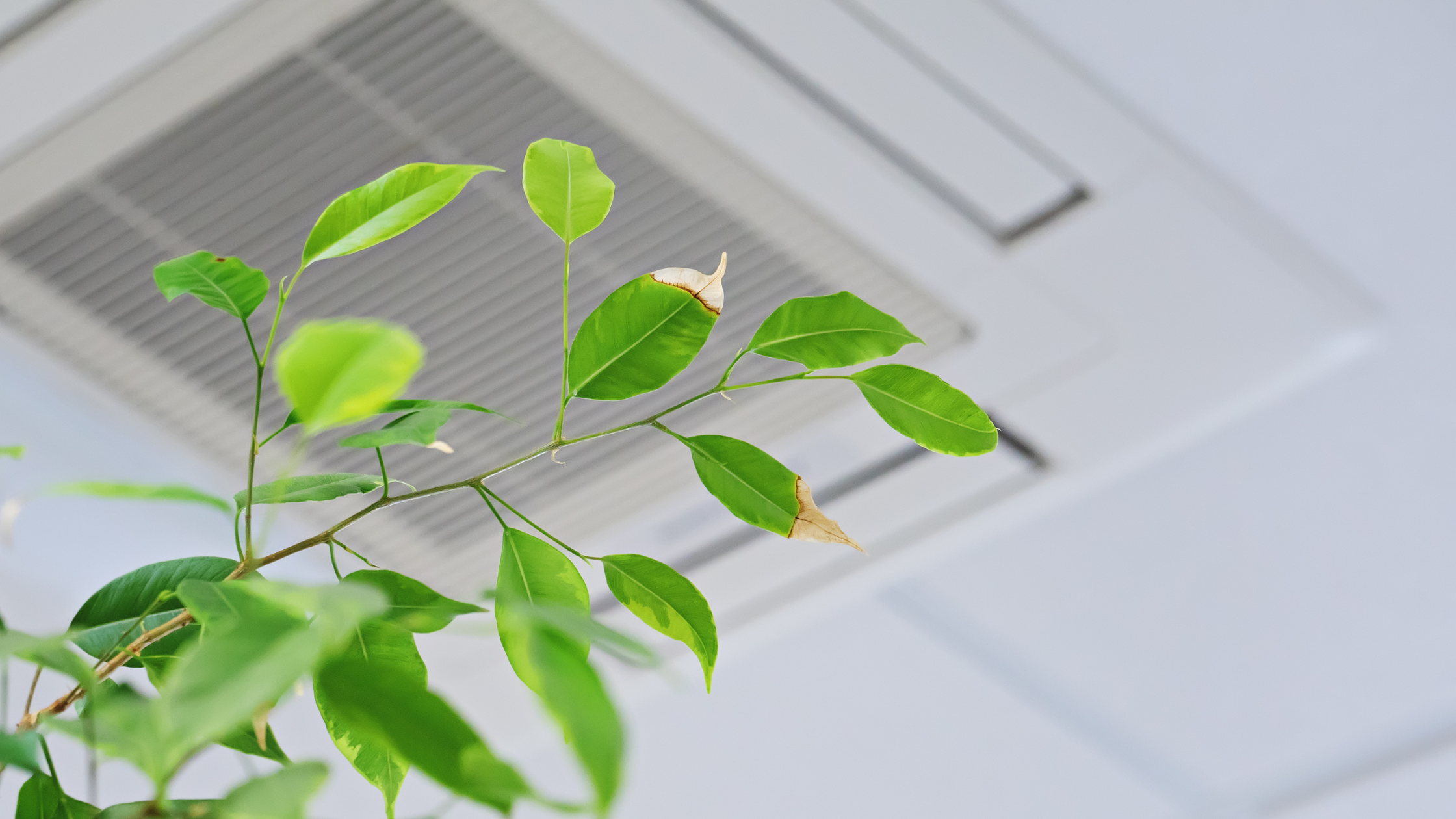Common Sources for Indoor Allergens

When allergy season strikes, the last place you want to feel miserable is in your home. Your home should provide relief from your allergies, not make them worse. Unfortunately, many homeowners ingest allergens 24/7 due to poor indoor air quality. What are some common sources of indoor allergens, and how can you eliminate them?
Indoor Allergens to Watch Out For
Every allergen found outside can also be found inside. Before we discuss their sources, let’s take a closer look at the allergens to avoid.
- Dust and Dust Mites
- Mold
- Mildew
- Pollen
- Dander
- Hair
- Dirt
- Chemicals
Sources of These Indoor Allergens
So, how do these allergens travel through your home? They catch a ride on many different vehicles. If you have experienced allergic symptoms within your own home, the source was likely one of the following.
1. Carpet
Carpet traps allergens in its fibers and slowly releases them into the air over time. Particularly in areas with high foot-traffic, like hallways, dust, dirt, and moisture accumulate beneath the pile. Regular vacuuming helps, but only professional carpet cleanings penetrate beneath the fibers and fully eliminate allergens.
2. Pets
Even if your pet has little to no hair, every animal produces some sort of allergen. Fur, dander, tiny bugs, dirt, and pollen cling to a pet’s coat and become airborne inside the house. Constant brushing and grooming are important to maximize indoor air quality.
3. Old Mattresses
Few homeowners even think about the state of their mattresses, but countless allergens can hide in old or dirty beds. Make sure you use a mattress cover and clean it along with your bedding.
4. Dirty Filters
Your HVAC system also plays a vital role in your home’s indoor air quality. Clogged air filters prevent clean air from cycling through your home, which means the same dirty air continues circulating until something is done. Change your air filter monthly or as often as the manufacturer recommends.
5. Moist Areas
Mold and mildew thrive in warm, damp environments. Attics and basements are particularly susceptible to mold growth. Particularly if you live in a humid climate, keep an eye out for mold growth in your home. Dehumidifiers help prevent excess moisture in the air.
6. Plants
Many homeowners keep indoor plants, which actually serve as natural air cleaners. However, proper plant care is important to fungi prevention.
7. Vents
Dust can settle inside your ductwork, blowing through your air when the heat or air conditioning turns on. Additionally, pests often leave droppings inside your vents, which can cause long-term health effects when ingested. Clean your vents once or twice a year to improve indoor air quality.
8. Dirty Laundry
Whatever you do, don’t leave dirty or wet laundry sitting in one place for too long. Mold spores develop quickly inside damp piles of clothing, and dirty baskets harbor bacteria.
9. Leaks or Drafts
If the air quality index is low outside, drafty doors and windows can potentially reduce the air quality inside as well. Check the seals around your home’s openings and exits to ensure no air is leaking in.
10. Strong Cleaners
Bleaches, household cleaners, air fresheners, etc. are laden with chemicals that become airborne, harming your lungs when ingested. Natural cleaning products reduce the number of toxins in the air, but if natural products aren’t for you, make sure to ventilate. Fans, open windows, and air purifiers help eliminate toxins and chemicals from strong cleaners.
How Can We Help You?
Mold, dust, and other pollutants lower your indoor air quality and weaken your immune system. If you notice that you have a problem with mold or mildew in your home, it is best to enlist the help of a professional. Contact AQA if you have any questions or concerns about mold in your home or business. With their combination of experience and knowledge, you can be assured that everything will be handled properly.



